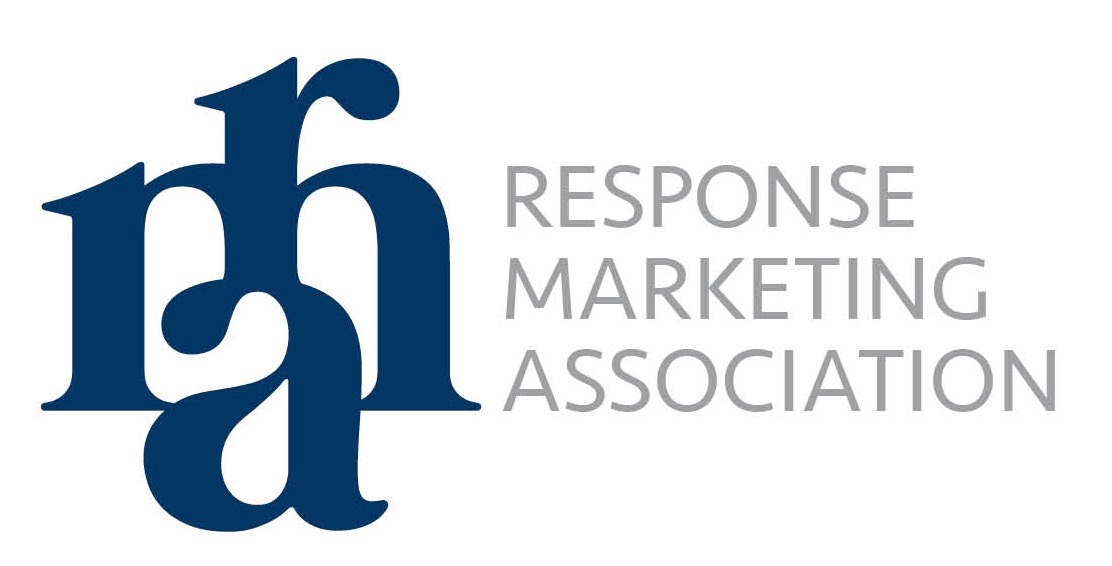Originally published in WARC, October 2024. Updated May 2025.
In Death of a Salesman, Willy Loman is a man out of time, clinging to outdated ideas while the world moves on.
The digital advertising industry, too, has long pushed personalisation and hyper-targeting – a Minority Report-style future that never quite arrived.
To question personalisation used to mean professional exile. But now, the chorus of dissent is growing louder. Privacy regulations, consumer backlash, and technological headwinds have rendered the old ways obsolete.
The tools we once relied on – third-party cookies, mobile tracking, granular audience graphs – are either dead or dying.
And we’re not watching a revolution. We’re watching a quiet rebrand. “Personalisation” is being replaced with “relevance,” “moment marketing,” and “context.” Same con. Different costume.
Meanwhile, tried-and-tested methods like MMM have returned from the wilderness. Even Meta – once the poster child for last-click attribution – now encourages advertisers to use Conversion Lift and MMM, citing signal loss and flawed attribution models.
Some are raising their head above the parapet in defiance. The market is increasingly casting doubt on companies whose entire business model is built on this quicksand.
Chris Brinkworth, managing partner at Civic Data, describes personalisation as self-defeating, akin to an insatiable beast. “As we enhance measurement, data quality erodes. As we improve data, privacy rules tighten.
“Advertisers chase a moving target, increasingly unable to prove ROI on massive investments, all while feeding a beast that’s revealing itself to be a chimera.”
But let’s be fair. Perhaps the prophets of personalisation have a point. To determine if personalisation at scale is feasible, we need to answer three key questions:
· Is personalisation technically feasible, now and in the future?
· If so, do consumers want personalisation?
· If so, does personalisation provide better business outcomes?
Can we personalise at scale?…



